The Ultimate Guide: How to Submit a Press Release to Local Media for Your Local Business (+ Press Release Example)
Learn the step-by-step process of submitting a press release to local media outlets to gain more visibility and exposure for your brand. Boost your local business with our ultimate guide.

Are you a local business owner looking to gain more visibility and exposure for your brand? One effective way to do so is by submitting press releases to local media outlets.
In this ultimate guide, we will walk you through the step-by-step process of submitting a press release to local media for your local business.
Jump to Press Release Example
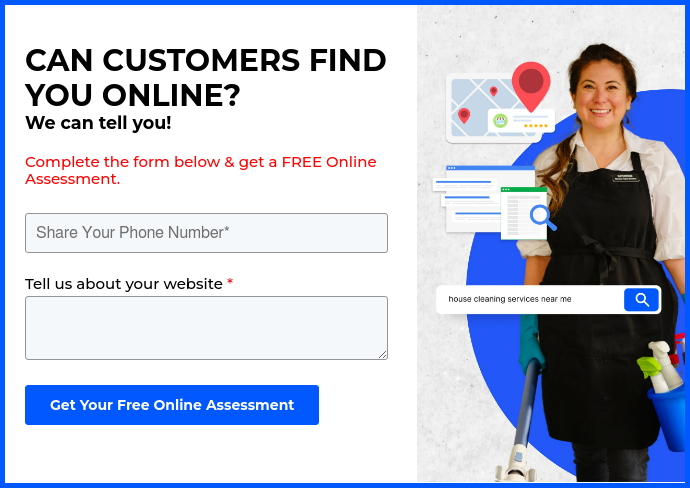
What is a Press Release?
A press release is a written communication that informs the media about newsworthy events, developments, or announcements related to a business or organization.
It is a way to share information in a concise and compelling manner, with the goal of attracting media attention and generating press coverage. Press releases are typically sent to journalists, reporters, and editors who may decide to cover the story and publish it in their respective media outlets.
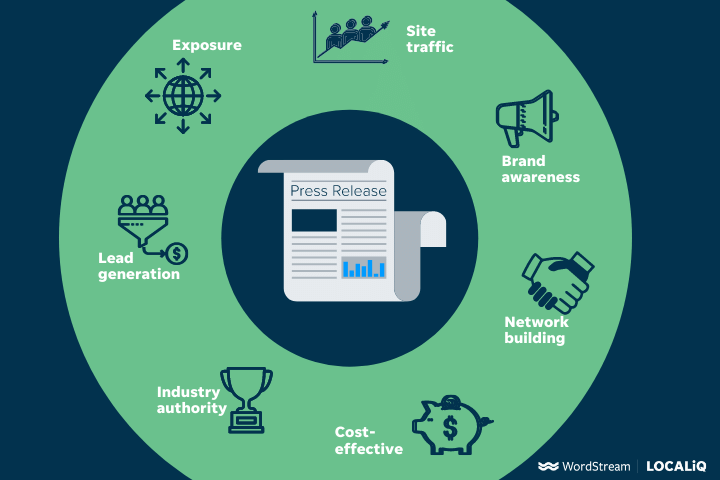 Image Source: WordStream
Image Source: WordStream
Press releases are an important tool for local businesses as they provide an opportunity to reach a wider audience and gain credibility through media coverage. By effectively crafting and distributing press releases, local businesses can enhance their brand reputation, attract new customers, and build strong relationships with the local community.
What is a Good, Newsworthy Event to Create a Press Release for?
Special Promotion or Discount
If you're running a special promotion or discount, this can be newsworthy, especially if it's tied to a local event or cause.
Community Involvement, Sponsorship, or Partnership
If you're sponsoring a local event or partnering with another local business, this can be newsworthy. Highlight the event's benefits for the community and how your business is involved.
Charitable donation or volunteer initiative
If you're giving back to the community through a charitable donation or volunteer initiative, this is newsworthy. Share the details of your efforts and how they're making a difference.
Local, Regional, or National Recognition or Award
If your business has won an award or been recognized for its achievements, this is newsworthy. Share the award or recognition with the community and explain what it means to your business.
Significant Milestone
If your business has reached a significant milestone, such as your 10th anniversary or 1,000th customer, this can be newsworthy. Share your story and celebrate your success with the community.
Change in Leadership
If your business has a new owner, CEO, or other key leader, this can be newsworthy. Introduce the new leader to the community and explain their vision for the business.
Other Newsworthy Events
Any information or announcement that you feel is relevant to your community could potentially be a great press release opportunity. As long as your release is accurate and to the point, it's doesn't ever hurt your business to release an announcement to press.
Importance of Press Releases for Local Businesses
Press releases play a crucial role in the marketing and PR strategies of local businesses. Here are some key reasons why press releases are important:
- Increased visibility: Press releases can help local businesses gain exposure in their target market by reaching a wider audience through media coverage. When your press release gets picked up by local newspapers, radio stations, or online news platforms, it can significantly increase your visibility and brand awareness.
- Credibility and trust: Press releases provide an opportunity for local businesses to establish themselves as industry experts and thought leaders. When your press release gets published by reputable media outlets, it adds credibility to your brand and builds trust among potential customers.
- SEO benefits: Press releases can also have a positive impact on your search engine rankings. When your press release is published online, it creates backlinks to your website, which can improve your website's visibility in search engine results.
- Community engagement: Press releases allow local businesses to connect with their local community and share important news or events. By involving the community in your business activities through press releases, you can foster a sense of loyalty and support among local residents.
Targeting Local Media Outlets
When submitting a press release for your local business, it's important to target the right media outlets. Here are some steps to help you identify and reach out to local media:
- Research: Start by identifying the local media outlets that are most relevant to your business. This can include local newspapers, radio stations, TV stations, online news platforms, and industry-specific publications. Research their target audience, editorial guidelines, and contact information.
- Create a media list: Compile a list of relevant media outlets and the specific journalists or reporters who cover topics related to your business. Make sure to include their contact information, such as email addresses or phone numbers.
- Personalize your pitch: When reaching out to journalists or reporters, personalize your pitch by addressing them by name and referencing their previous work or articles. This shows that you have done your research and increases the chances of getting their attention.
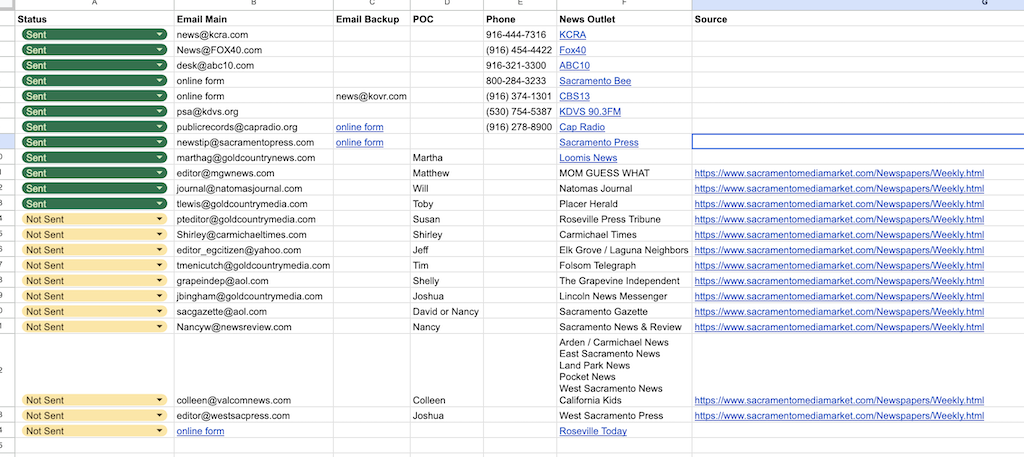
Crafting an Attention-grabbing Headline
The headline of your press release is the first thing that journalists and reporters will see, so it's crucial to make it attention-grabbing and compelling. Here are some tips for crafting an effective headline:
- Be concise and clear: Keep your headline short and to the point, while clearly conveying the main message or news angle of your press release. Use strong and descriptive words that capture the essence of your story.
- Highlight the most newsworthy aspect: Focus on the most interesting and newsworthy aspect of your press release. This could be a unique product or service, a groundbreaking event, or a compelling story about your business.
- Create intrigue: Use words or phrases that create curiosity and make journalists or reporters want to read more. A well-crafted headline should grab their attention and entice them to delve deeper into your press release.
Remember, your headline should be accurate and reflective of the content of your press release. Avoid using clickbait tactics or exaggerations that may damage your credibility.
Writing an Effective Press Release
When writing a press release, it's important to follow a specific format and structure to maximize its impact. Here are the key elements to include in your press release:
- Contact information: Start your press release with your contact information, including your name, position, company name, phone number, and email address. This allows journalists or reporters to easily get in touch with you for further information or interviews.
- Release date: Clearly indicate the release date of your press release, so journalists or reporters know when it can be published or shared.
- Headline: As mentioned earlier, craft a compelling headline that grabs attention and conveys the main news angle or story of your press release.
- Subheadline: Provide a brief summary or subheadline that expands on the main news angle of your press release. This should give journalists or reporters a clear idea of what the press release is about.
- Introduction: Start your press release with a strong and engaging introduction that highlights the most important information. Answer the "who, what, when, where, why, and how" questions to provide a concise overview of the news or event you are announcing.
- Body: The body of your press release should provide more details and context about the news or event. Use quotes from key stakeholders or experts to add credibility and a human element to your story. Include relevant facts, figures, or statistics to support your claims.
- Boilerplate: At the end of your press release, include a brief description of your company or business. This should provide key information about your business, such as its mission, history, products or services, and contact details.
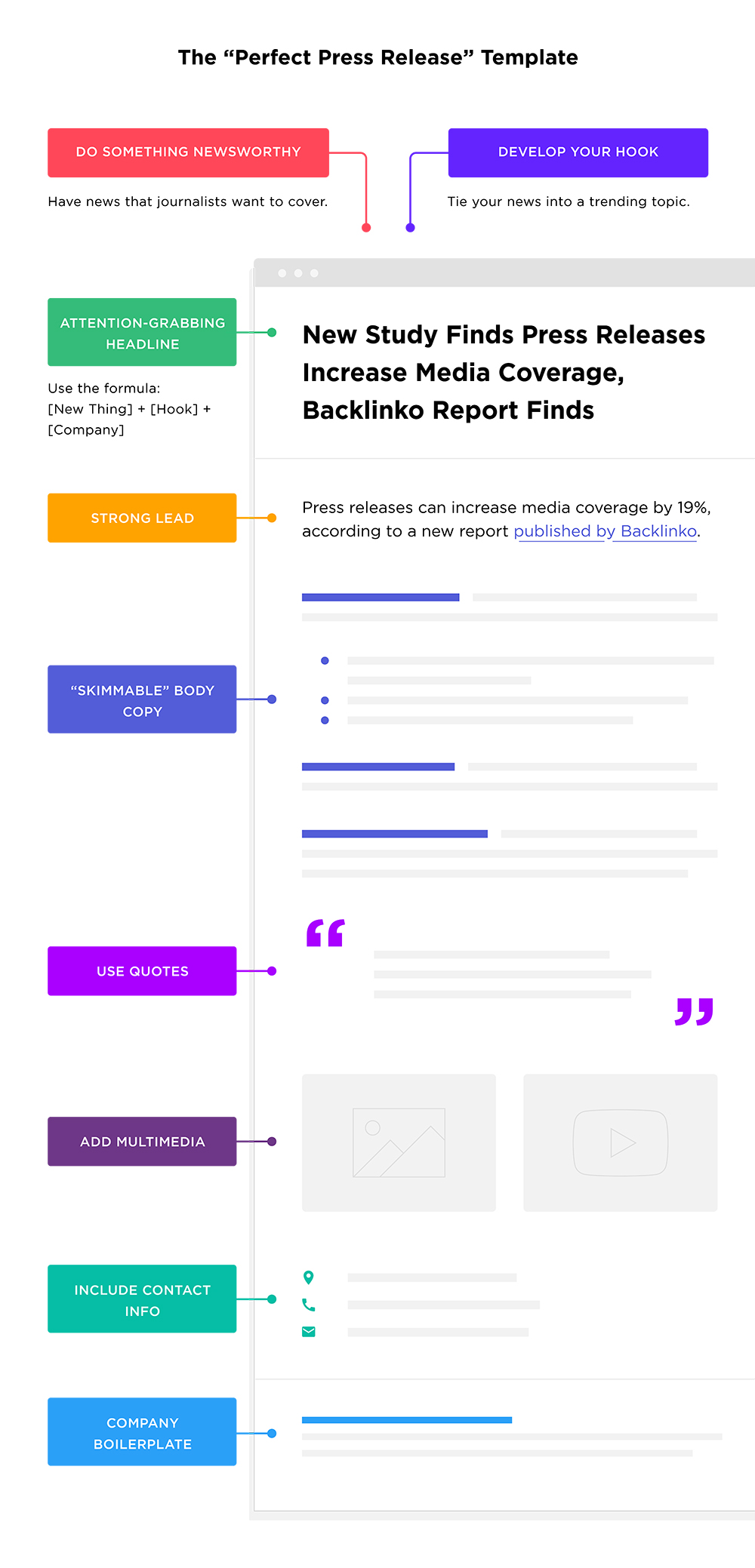 Image Source: 33 Words
Image Source: 33 Words
Including Relevant Information in the Press Release
To make your press release more impactful, it's important to include relevant information that journalists or reporters will find useful. Here are some key elements to consider:
- Quotes: Including quotes from key stakeholders, such as company executives, industry experts, or satisfied customers, can add credibility and a personal touch to your press release.
- Facts and figures: Back up your claims with relevant facts, figures, or statistics. This can help journalists or reporters understand the significance of your news or event and make your press release more newsworthy.
- Visual assets: If you have any relevant visual assets, such as high-resolution images, infographics, or videos, include them in your press release. Visuals can make your press release more engaging and increase the chances of media coverage.
- Social media handles and hashtags: If your business has active social media accounts, include your handles and relevant hashtags in your press release. This allows journalists or reporters to easily find and engage with your social media content.
Formatting and Structuring the Press Release
To ensure that your press release is easy to read and understand, it's important to follow proper formatting and structuring. Here are some formatting tips to consider:
- Use a professional tone: Write your press release in a professional and objective tone. Avoid using overly promotional language or jargon that may turn off journalists or reporters.
- Keep it concise: Press releases should be concise and to the point. Aim for a length of around 400-600 words, focusing on the most important information and key messages.
- Use subheadings and bullet points: Break up your press release into sections using subheadings. This makes it easier for journalists or reporters to scan and navigate through your press release. Use bullet points to highlight key information or facts.
- Include a boilerplate: As mentioned earlier, include a brief description of your company or business at the end of your press release. This ensures that journalists or reporters have all the necessary information about your business.
Distributing the Press Release to Local Media Outlets
Once you have crafted your press release, it's time to distribute it to local media outlets. Here are some steps to follow:
- Personalize your distribution list: Based on your research, create a personalized distribution list of local media outlets and journalists or reporters who cover topics related to your business. Make sure to include their contact information and preferences for receiving press releases.
- Email distribution: Send your press release as an email attachment to the journalists or reporters on your distribution list. In your email, provide a brief introduction, mention the headline or news angle, and include a personal note if possible.
- Follow up: After sending your press release, follow up with journalists or reporters to confirm receipt and offer any additional information or interviews. Be respectful of their time and deadlines.
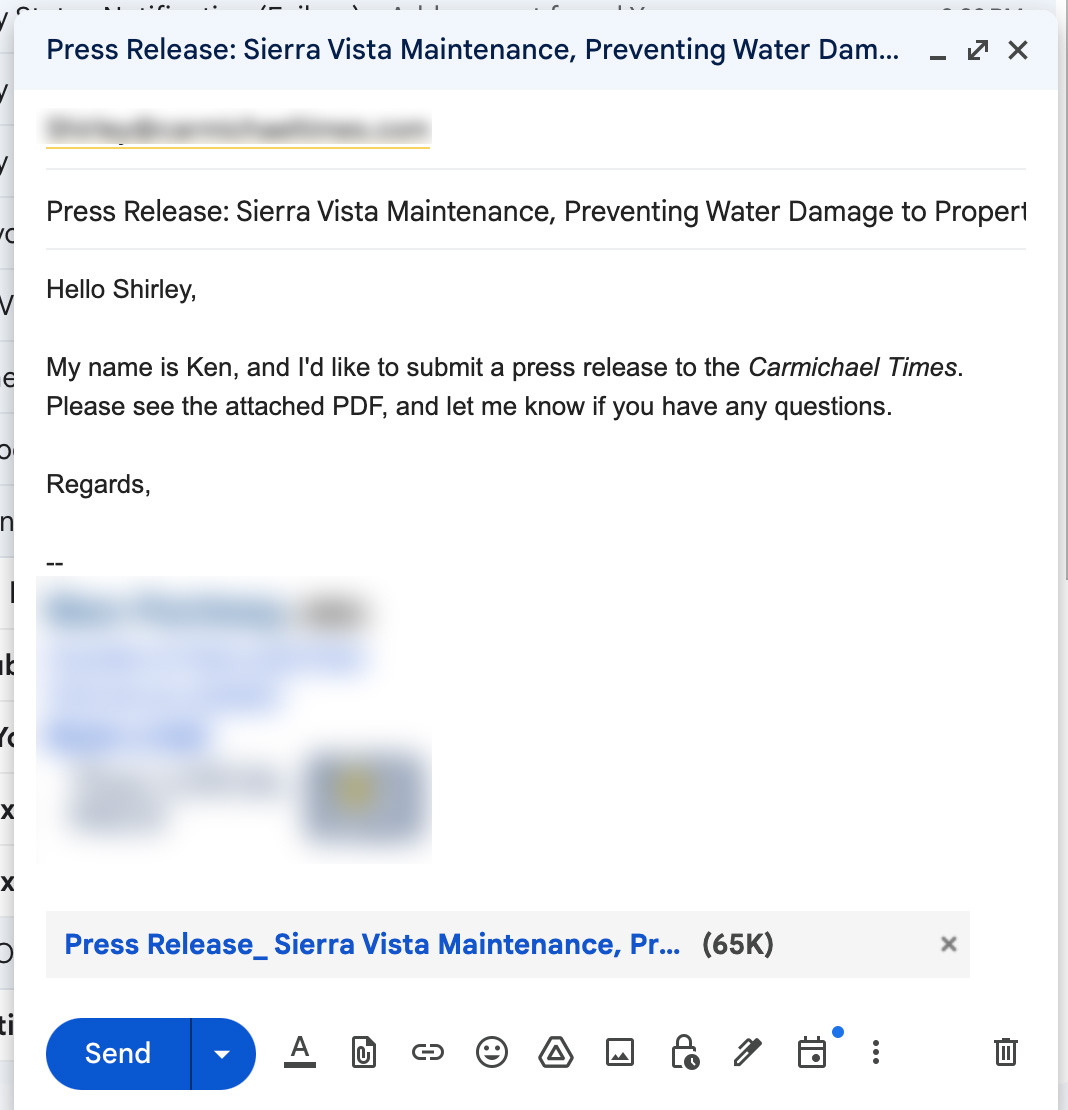
Following Up with Journalists and Reporters
After distributing your press release, it's important to follow up with journalists or reporters to gauge their interest and provide any additional information they may need. Here are some tips for following up effectively:
- Be polite and professional: When following up, always maintain a polite and professional tone. Remember that journalists and reporters receive numerous press releases and pitches, so be respectful of their time and priorities.
- Offer additional information or interviews: If a journalist or reporter expresses interest in your press release, offer to provide any additional information they may need or arrange interviews with key stakeholders or experts. This can help them develop a more comprehensive story.
- Respect deadlines: Journalists and reporters often work on tight deadlines, so be mindful of their time constraints. If they are unable to cover your story, thank them for considering it and ask if there are any future opportunities for collaboration.
Press Release Example: Sierra Vista Maintenance
Here is an example of local business using a press release to achieve two things:
- Raise awareness about how extreme winter weather can lead to damage to property without preventative maintenance; and,
- Raise awareness for how their business helps local home and property owners.
Sierra Vista Maintenance specializes in external building cleaning and maintenance. After the local Sacramento are suffered intense building and infrastructural damage after two remarkably wet winters, Sierra Vista Maintenance advised home and property owners of how simple, early gutter, window, and roof servicing can save thousands of dollars.
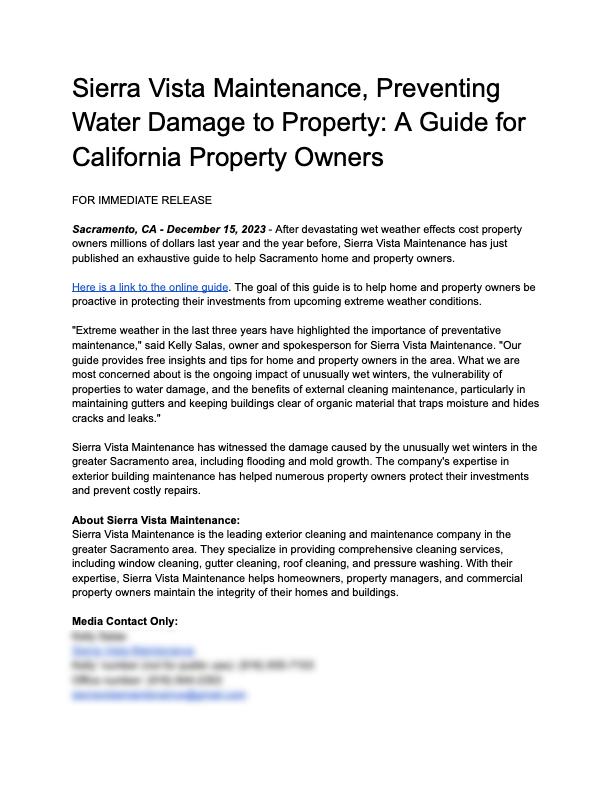
Measuring the Success of Your Press Release Campaign
After your press release has been distributed and published, it's important to measure its success and impact. Here are some metrics to consider:
- Media coverage: Track the number of media outlets that covered your press release and the reach of those outlets. This can give you an idea of the visibility and exposure your press release generated.
- Website traffic: Monitor the traffic to your website during the period when your press release was published. Look for any spikes or increases in traffic that can be attributed to the press coverage.
- Social media engagement: Keep an eye on the engagement and interactions on your social media platforms after the publication of your press release. Look for comments, likes, shares, or mentions related to your press release.
- Sales or leads: If your press release was promoting a product or service, track any increase in sales or leads that can be attributed to the press coverage.
By analyzing these metrics, you can assess the success of your press release campaign and make informed decisions for future PR strategies.
In conclusion, submitting a press release to local media outlets can be a powerful tool for local businesses to gain visibility, attract media attention, and connect with their local community. By following the step-by-step process outlined in this ultimate guide, you can increase the chances of having your press release noticed, covered, and shared. Master the art of press release submission and take your local business to new heights of success.
%20(1)%20(1).png?width=340&name=Group%2012%20(2)%20(1)%20(1).png)
